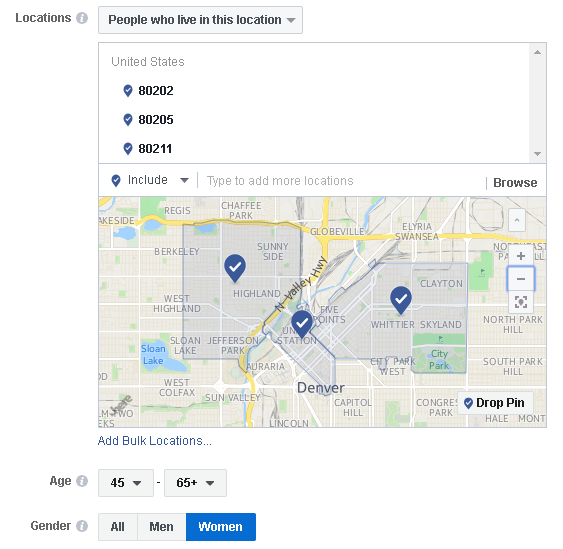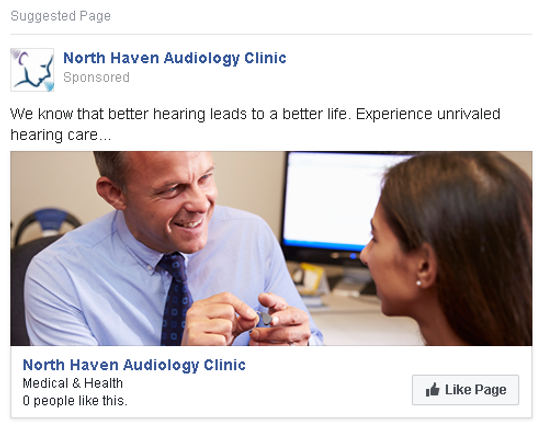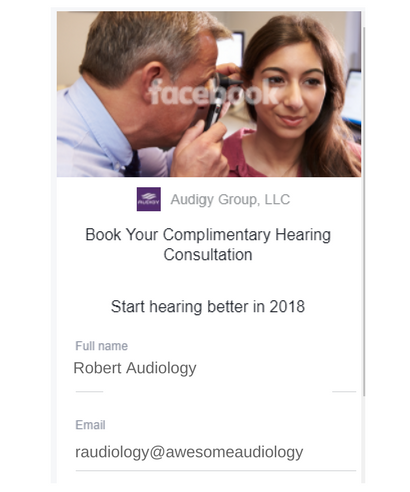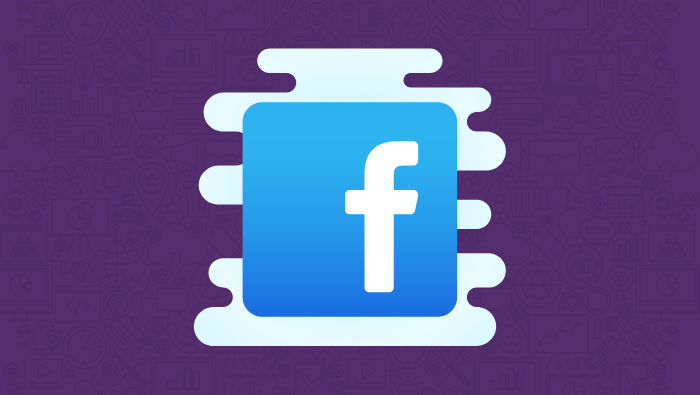A Shifting Landscape and Decline of Organic Reach
The concept of reformatting sponsored content to take on the appearance of the platform it’s presented through is not a new idea. It’s not hard to imagine why this technique, called native advertising, is becoming so unbelievably effective in today’s world. Combine increased time spent on screens, loyalty to dominant social media platforms, and a higher level of consumer insight, and what you’ll find is a teeming ecosystem of individuals who don’t quite know what they want — until you tell them.
With the ushering in of the digital age, native advertising has risen as a powerful alternative to traditional forms of promotion, and it has proved less disruptive, subtler, and surprisingly effective.
According to eMarketer, 32 percent of consumers are open to sharing a native ad with friends, family, and colleagues, while only 19 percent of consumers will share traditional banner ads (Nwazor).
Now bring this tactic to a platform literally designed to connect, share, and spread formatted content between friends and family, and you get a dangerously effective tool in your marketing arsenal.
But there’s another influence on the implementation of paid advertising within Facebook as well as other content platforms. It’s called a visibility algorithm. Within the past six or seven years, countless users with large digital presences have seen a considerable drop in the reach of their organic content. In an attempt to keep content relevant and applicable to users, companies like Facebook have instituted algorithms that push or pull certain content to/from the user’s newsfeed. In a nutshell, Facebook analyzes what content a user is engaging with and responding to, and it prioritizes that over other posts, effectively filtering what the user actually sees (not necessarily with their permission).
This is partly because of a flood of new pages, businesses, and content — and the number of brands that want your attention has risen exponentially. Facebook also recently announced that posts from immediate friends and family will be prioritized over those from brands. Take that with a grain of salt, but it is something that should certainly be considered by business owners like you. Although there are ways to ensure that users are seeing your posts, this screening often goes unnoticed. So in addition to completely reworking your content or marketing strategy, one of the foolproof ways of making sure your message is seen, despite visibility algorithms, has consistently been paid advertising.
In effect, a paid Facebook advertisement will take the same shape as any other post visible in your news feed. It looks like organic content with the same shape, buttons, and layout, but it sports a subtle gray “sponsored” or “suggested” tag directly under the page or username. It’s tactful and unobtrusive, yet direct and effective.
Facebook Demographics and Targeting Options
The tools Facebook has built out for your paid-advertising inclinations are almost eerily intricate. The first and potentially most important feature available is the location-targeting ability. Through city, ZIP code, or dropped pin, you can select exactly which area of the country will see your content pushed through to their timelines. Whether these people live there or are just passing through (or both), anyone within your selected area will potentially view your ad within their newsfeeds. In addition, Facebook allows targeting by age, gender, and language. And at the end of your demographics tuning, you have the chance to customize in even more detail. This is where the whole process seems to reach full circle.

Whether you like it or not, if you use Facebook, there is a vivid and monstrous consumer profile built around you. And if that doesn’t make you feel special enough, consider that it may very well be the most complete and comprehensive data set on earth regarding you as a consumer. This includes everything you’ve already provided through your profile and page “likes,” any external webpage you’ve loaded with a “like” or “share” button while logged in, and every other inexplicable piece of information scoured by third-party data-aggregating firms. For better or worse, Facebook compiles this astronomical amount of information into a mind-bogglingly complex model formulated for your eyes only.
For a detailed look at just how targeted you can get with Facebook advertising, Wordstream put together a very comprehensive ad targeting infographic.
The sacred touch point — the reason for all this madness — is that singular moment when you feel like your computer has read your mind, and you see an ad in your newsfeed for a product that you could have sworn you only mentioned to one person.
Anyone who’s used the internet within the past handful of years has most likely been in this situation. But as controversial and perhaps daunting as this system is, I think it makes for a quite powerful and extremely dynamic tool when it comes to reaching your market. Marketing used to be a linear and one-sided proposition of value; now it’s an increasingly complex back and forth of information and resources, all contributing to a more tailored, insightful, and developed profile of you and what you’ll want or need, today or tomorrow.
Split Testing and Campaign Objective
So, assuming your budget is comprehensive, Facebook guarantees that the hundreds or thousands of people you have so delicately chosen will see your paid advertisement. I suppose the next question is ultimately whether or not they’ll care enough to take the time to read it or, dare I say, even click it. Although there are a variety of established objectives that change the format and delivery of the ad itself, I’ll touch on a few major ones that are relevant and effective within the industry.
The first commonly used ad format is a brand-awareness ad. These are designed to build your practice or service voice — to establish yourself within the community and notify people of your presence and prowess.

The page “like” format introduces a lasting connection between you and your audience, and it takes advantage of the sharing and visibility network within Facebook. By “liking” your page, your existing audience remains updated on practice news, office closures and events, and any other relevant information that might be coming through your social media channels. Page and post engagement and visibility are going to be beneficial for your practice, and increasingly so as general Facebook use heightens in scope and frequency.
Lead-generation ads are, in my opinion, where Facebook’s advertising platform really shines. These ads are built around a conversion-focused call to action — perhaps an office visit, an event sign-up, the ability to use or test products, or anything you think might convince a prospective patient to walk through your door. Lead-generation ads, along with the other aforementioned ad types, are prefaced by the detailed targeting and demographics tools outlined earlier.
(Facebook lead generation ads automatically populate your prospects information into the form based on their Facebook profile. This makes it easy for your prospects to submit the form)

Through selective targeting, we’re able to push a message to individuals already relevant to the offered service, whether it’s by age group, financial metrics, or location selection. Marketing jargon would pin these folks as “farther down the funnel,” if you will. An additional benefit of the lead-generation ad is the actual landing page or form the call to action points a user toward.
Unlike many other lead-oriented platforms, the input section is a custom document that remains within Facebook. This allows for an undisturbed user experience and increases conversion rates by keeping the user within the same platform through which they’ve been scrolling.
Is Facebook Advertising Right for Your Practice?
Hopefully this has been informative, and maybe you’re slightly convinced of the capabilities of paid advertising within Facebook. Granted, I do think that paid ads might work best with practices that have built-out or active Facebook pages, for obvious reasons. In addition, if your practice is interested in Facebook content, having photos of your providers, practice, and location are all extremely valuable. We’ve found that these personal, “tangible” types of graphics resonate quite well within certain markets. Although there are many instances in which a lifestyle or digital graphic are compelling, a photo of the face behind the page can do wonders for brand visibility and online engagement.
Overall, advertising on Facebook pushes practice engagement and conversion. If you’re interested in expanding your digital voice and presence, and you have an active and ambitious practice, then Facebook can very quickly become an efficient and powerful online platform for you and your team. Contact our digital marketing team today, to learn about Facebook advertising services we offer.
Nwazor, Toby. “Why Smart Internet Marketers Are Opting for Native Advertising.” Entrepreneur, 21 Feb. 2017, www.entrepreneur.com/article/289369.

